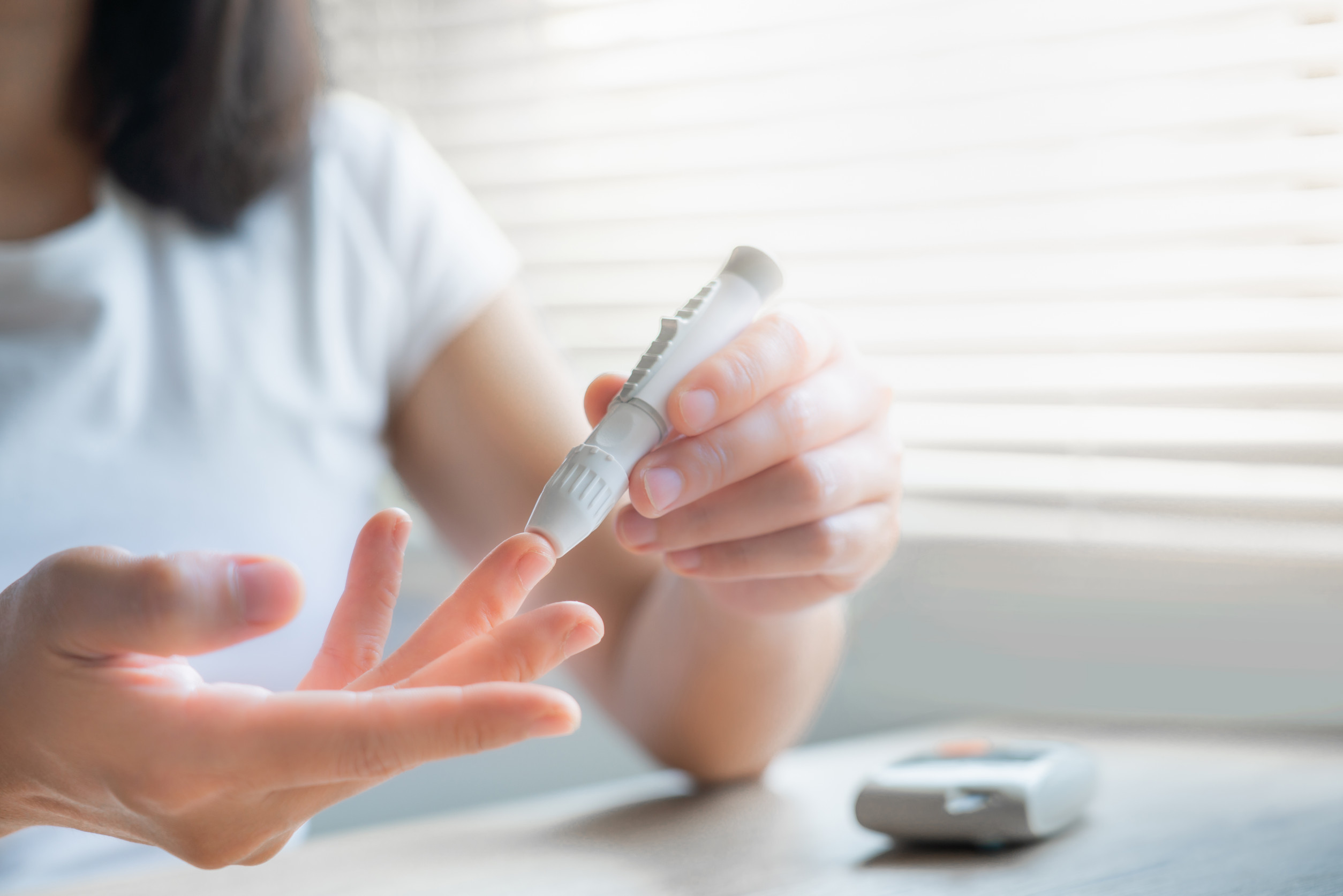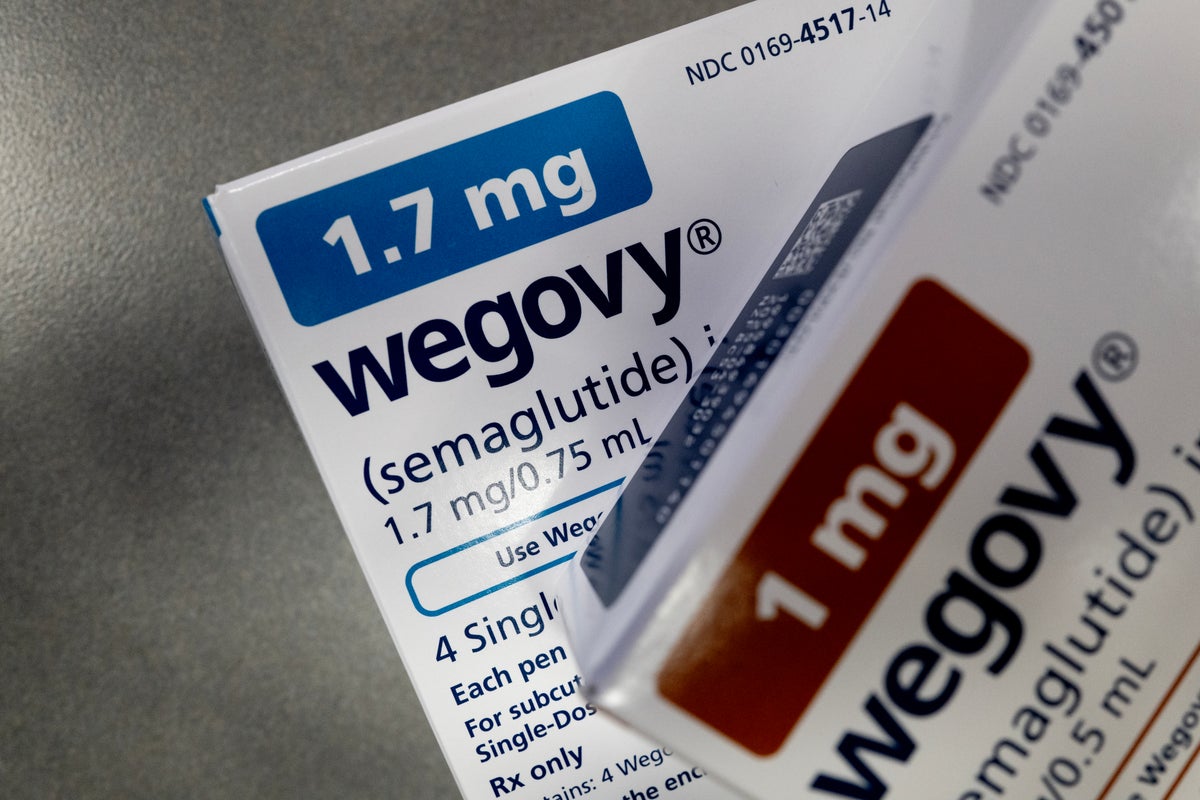TOI TimesPoints You must login to keep earning daily check-in points Lifetime 0 Expired 0 Redeemed 0 Total redeemable TimesPoints * TimesPoints expire in 1 year from the day of credit Visit TOI Daily & Earn Times Points Trending Topics: Pune: When 49-year-old Vikram, an IT professional from Baner, was rushed to hospital with chest congestion and breathlessness, his family first thought it was probably severe acidity or a digestive issue. Vikram recounts the day: "I felt fatigued two days before the congestion in the chest. I had dismissed it as severe acidity and took some ENO, but later, I began experiencing an intense pain in the lower jaw too, and felt restless.
That's when my wife took me to the hospital." Doctors there found Vikram's ECG to be abnormal and called for an angiography. "And although my doctors said I had suffered a heart attack, my angiogram revealed no blockages in the coronary arteries, which was baffling," Vikram said.

He was diagnosed with a little-known condition called Myocardial infarction with non-obstructive coronary arteries, or MINOCA. "Sometimes, people can have a heart attack even when coronary arteries are not blocked. This is called MINOCA ," senior cardiologist Dr Suhas Hardas, Vikram's treating doctor.
Dr Hardas explained that a heart attack without blockage can be due to several factors. "It may be from transient clots (thrombi) that dissolve before testing, or due to coronary artery spasms, a sudden tightening of the artery often triggered by emotional or physical stress," he said. "In some cases, clots from elsewhere in the body (emboli) travel to the heart.
Inflammation of the heart muscle (myocarditis) and stress-induced heart weakness (Takotsubo syndrome) can also damage the heart. These issues don't show up in standard imaging, but can still lead to heart injury," he said. Another possibility is microvascular dysfunction — problems in the tiny blood vessels of the heart that are not visible during routine tests.
It's for such hidden reasons that doctors are now turning to advanced tools such as FFR (Fractional Flow Reserve) and CFR (Coronary Flow Reserve). "Micro-vascular dysfunction means there is a problem with the very small blood vessels in the heart, which is hard to detect. But now, a special pressure wire (already used to check FFR) can also measure IMR (Index of Microcirculatory Resistance) and CFR, helping doctors find and understand these tiny vessel problems.
This technology will soon be available in India and will help diagnose and treat MINOCA better," Dr Hardas said. Kolkata-based cardiologist Dr PK Hazra said: "Unlike traditional heart attacks, MINOCA is 'non-atherosclerotic', meaning it is not related to LDL cholesterol. Though men can also suffer from MINOCA, especially smokers or cannabis users, it has been far more common in women.
" Dr Hazra added: "During Covid, MINOCA cases were seen due to spontaneous coronary thrombosis — a clot forming without cholesterol deposits. Many of these patients were middle-aged women dealing with mental health issues, depression, family problems, divorces, or simply living alone. Such mental trauma can lead to a heart attack.
These cases are also treated like typical heart attacks, but in an angiogram, the arteries may look normal or show abnormalities that do not require stents or bypass surgery." Diagnosing MINOCA can be challenging as it does not follow the typical pattern of a heart attack. Doctors then rely on a combination of clues or symptoms, like chest pain or fatigue, ECG changes, elevated cardiac enzymes, and echocardiography.
Recent studies have brought MINOCA into the spotlight. A paper in JAMA Cardiology said 6% to 8% of all heart attacks fall under the MINOCA category, with a disproportionate number occurring in younger individuals and post-menopausal women. The treatment remains the same in MINOCA.
"Whenever there is a heart attack, the basic treatment is to give antiplatelet drugs, which are blood thinners. Next, injectable blood thinners can be used for a short time in the hospital. If the cause is stress-induced cardiomyopathy or myocarditis, medications to reduce stress, like beta-blockers, are given.
Sometimes, calcium antagonists are also used to reduce spasms in the heart's arteries," Dr Hardas said. He also stressed on the importance of lifestyle changes: quitting smoking, regular aerobic exercises and a diet rich in antioxidants. "Legumes, berries and nuts help repair the heart at a cellular level.
Prevention remains the best medicine," he added. The Times of India News App for Latest City News Start Your Daily Mornings with Times of India Newspaper! Order Now All Comments ( ) + ^ Back to Top Continue without login Login from existing account Refrain from posting comments that are obscene, defamatory or inflammatory, and do not indulge in personal attacks, name calling or inciting hatred against any community. Help us delete comments that do not follow these guidelines by marking them offensive .
Let's work together to keep the conversation civil. more from times of india Cities Why India is better prepared to fight off air raids than Pakistan Plotter of IC814 hijack, Pulwama, Pathankot killed in Bahawalpur? Pakistan stock markets gave 84% returns last year. Now, it’s a crash after crash The ‘ramp-off’: Will Munir let India and Pakistan step back from the brink? COVID-19 Cases India Trending Topics More From TOI Weird Ice creams that left the internet furious Eat cheese, yogurt, or chocolate to keep heart healthy 5-Star Single Door Refrigerators Under Rs 20,000 9 Finest Air Purifiers For Your Home: Top Picks For 2021 Navbharat Times Featured Today In Travel Other Times Group news sites Living and entertainment top trends services Popular Categories hot on the web Trending topics Follow us on download toi app.
















